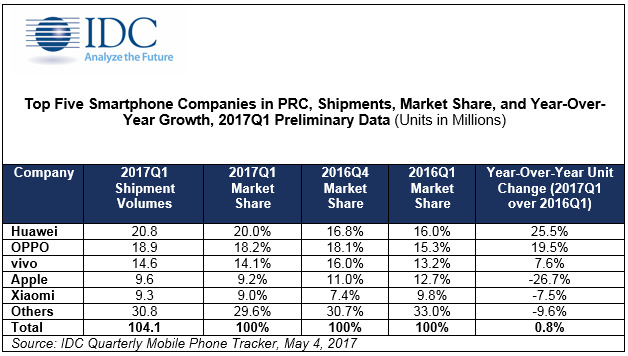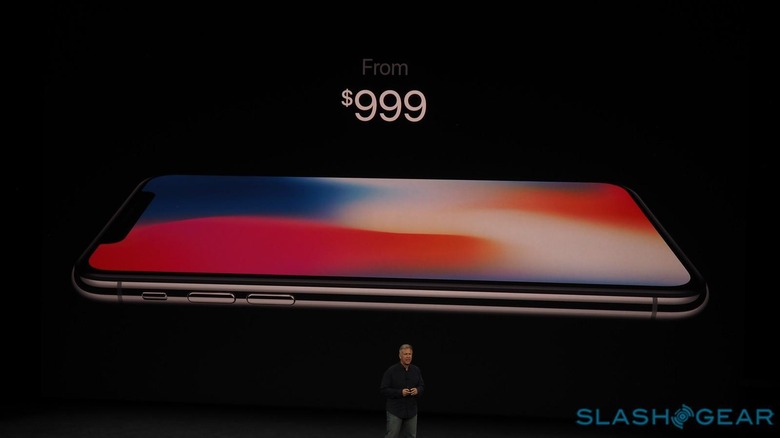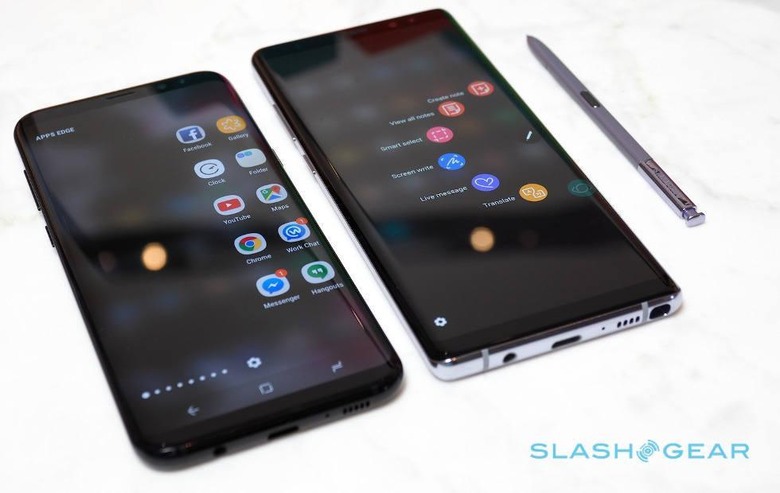You Don't Need An Expensive Phone, So Don't Buy One
This year is the first in smartphone hardware in a long time in which I felt like no game-changing changes came from any company. The smartphones revealed by HTC, Samsung, Apple, and the rest – they were all solid. But we've reached a point in the history of the smartphone where only the very rich should consider buying a new device every single year. Let me tell you why.
China
In China, there's a set of smartphone brands that take advantage of their location relative to manufacturing plants. These companies are part of a market with a population of over a billion. This market's made clear that the best features in a new smartphone are not enough – they aren't even really the most important factor in choosing a device to buy.

In the IDC Quarterly Mobile Phone Tracker report for China from May of this year (2017), the company showed the top 5 smartphone companies by volume. Not on that list: Motorola, LG, Sony, Google, HTC, Samsung – AKA none of the most major brands prevalent here in the United States. The list went like this: Huawei, OPPO, vivo, Apple, Xiaomi, then to "Others".
Samsung is hovering somewhere down around number 9 on this chart. Samsung's market share is dominant worldwide, doing battle with Apple globally – for the most part. Also in May of 2017, IDC reported global market share based on smartphone unit shipments. In that report, Samsung held first, followed by Apple, Huawei, OPPO, and Vivo.
That same report mentions the reasons for Samsung's return to the number 1 spot after nearly losing its kingship to Apple in Q4. ICD said that Samsung's jolt upward was due to "substantial discounts" of the Galaxy S7 and S7 Edge as well as the following: "Outside of the high end, the product mix continues to shift toward more affordable models."
India
In India, Samsung does battle with Xiaomi for total dominance, with vivo not far behind. Fourth and fifth are OPPO and Lenovo (with Motorola included). "A new set of China-based competitors have entered in the sub-US$150 segment [in India in Q2 2017]" said Upasana Joshi, Senior Analyst, IDC India. "Indian vendors are putting all their efforts and second half of year will be crucial, either it will see a revival of Indian vendors or emergence of new dominance in the sub-$150 segment from China based vendors."

Xiaomi is currently in the lead due to the Xiaomi Redmi Note 4. This smartphone had over 2-million units shipped in the second quarter of this year. That meant Xiaomi had the new highest shipped smartphone in a single quarter in India's history.
The Xiaomi Redmi Note 4 is a rather inexpensive phone. At release time, this smartphone cost Rs 9,999 – if we convert that directly to USD, it comes in at around $150. For a smartphone that has these specs, that's nuts – in a good way.
USA
I just reviewed a smartphone called Xiaomi Mi A1 and it was highly decent. For Rs 15,000 – AKA right around $233, it's a bargain. Or it seems like a bargain to me because I've become used to seeing smartphones cost at least $500 off-contract, and very often a whole lot more.

Here in the United States, we seem to have a problem with addiction to the latest big thing. And money. And carriers offering "financing" on customers, making the very expensive seem very affordable.
SEE THIS: The $2,000 iPhone is coming
"Over the past three years, carrier financing plans have created a class separation for smartphone purchases in the United States at the carriers," said Anthony Scarsella, research manager for IDC's Mobile Phones team. "We have witnessed a fading middle class of smartphone ($200–400) shipments in the United States as financing has become the new norm for consumers."
"Devices priced around the $400 mark offer thin money savings (month to month) and inferior feature sets compared with flagship devices costing over $600. Because of this phenomenon, we have slowly seen midtier devices fading in the U.S. smartphone market."
Citizens of the United States are paying massive amounts of cash for device features they never make use of. A far more powerful processor is of no consequence if the device is only used for social networking and web browsing. A fancy dual-lens smartphone camera system is silly to pay for if the user's only going to take selfies.

Elsewhere in the world, it's common to show the full price of the smartphone when it's marketed. Here in the United States, it's expected that we'll see how much a phone will cost us per month. Not unlike it was with the Great Recession of 2007 due to the bursting of the housing bubble in mid-2007, we're still out here buying gold phones when we should be sticking with what we've got.
My Recommendation
When you purchase a smartphone, you generally get from your chosen manufacturer a guaranteed number of years in which your phone will get software updates and support. With a Google Pixel device, that means two years for software updates and three years for Security Updates.

Apple's guarantee isn't quite so easy to find – but based on past updates for old devices, you'll likely be getting updates for a half-decade or more after the device was first released. For example the iPhone 5s is still compatible with then newest iOS (iOS 11) update today – that phone was released in September of 2013. For Windows Phone or BlackBerry OS devices – you're outta luck – no guarantees included.
I recommend all citizens of the United States buy new smartphones only when their previous smartphone is physically inoperable or no longer receives updates from its manufacturer. Lots of people already do this – and hats off to them. For everyone else, upgrading every chance they get – there's a reason why a $999 pricetag on a smartphone is called "a value price". Imagine that!
